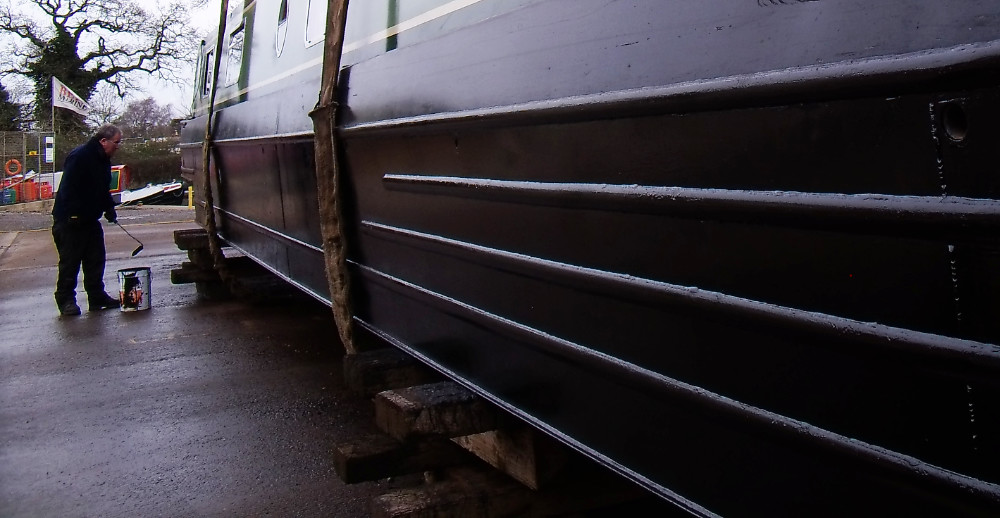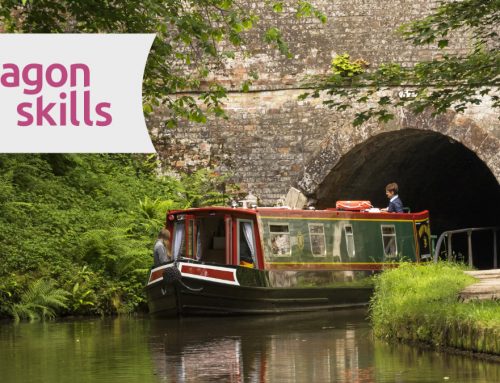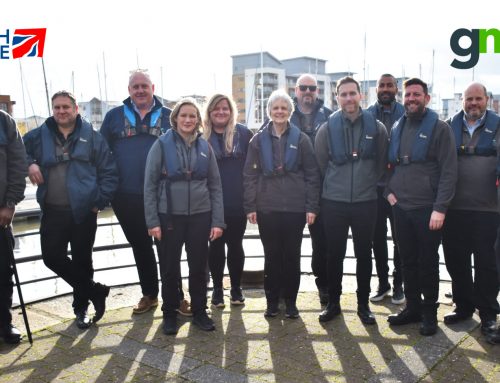That is the question!
The Basics – Narrowboat hulls are “blacked” to protect the bottom section of the boat from surface corrosion, the process can also offer some protection from electrolytic pitting and physical abrasion damage as well as maintaining a clean “traditional” appearance. It is usual in the industry for the base plate of the boat to be left unpainted. This is because the additional time and cost of cleaning off and applying a coating under the boat is deemed uneconomical as any coating on the underside is likely to be quickly rubbed off by abrasion against the canal bottom. Narrowboat base plates tend not to corrode much due to the lower oxidisation deeper in the canal and generally base plate repairs on older boats are required due to surface abrasion rather than corrosion.
Blacking is one of those maintenance tasks which are part and parcel of owning a narrow boat. The boat will need to be out of the water for the blacking process to take place. The frequency of the task may depend on the type of coating used.

Types Of Coatings – There are two types of coatings that can be used to black the hull, Bituminous and Two Pack Epoxy. Two pack epoxy paints range from 4 to 10 times the price of bituminous products.
If your boat is already coated with Bitumen, you are unable to put Two Pack Epoxy over the top. But Bitumen can be painted over Two Pack. In some cases, manufacturers of Two Pack Epoxy will not guarantee their product if applied over a different make.
Preparation – For both products the first stage of preparation is High Pressure Water Blasting to remove weed, debris and loose material, for a bituminous finish this is the only preparation required.
For Two Pack Epoxy further abrasive blasting is necessary to strip the hull completely back to the bare steel. Shot blasting requires specialist equipment and depending on the method, can be very environmentally hazardous. As a result this is a very expensive process.
How Long Does It Last? – Using a bituminous product we recommend that boats are blacked every two or three years to maintain the protection, particularly on older boats where pitting will considerably increase the surface area and risk of further corrosion. If the boat is coated with Two Pack the recommended frequency of recoating is not as clear cut.
Two Pack Epoxy generally comes with a “guarantee” of between 4 and 10 years, however as the coating is likely to be damaged by abrasion or collision any recoating time recommendation is subjective. Bear in mind that a fairly frequent out of water check of hull condition, rudder and stern gear is a good idea regardless of the hull coating condition.
So which Should I Choose? – There’s no doubt that Two Pack Epoxy adheres much better to a suitably prepared hull but to gain the advantage the base plate should be included – and impact damage, which is unavoidable on canals is likely to negate the additional protection afforded by the product.
If your boat already has a Two Pack Epoxy coating, and particularly if the manufacturer is known, it’s usually best to stay with the same product.
However if the necessary level of preparation, which is very expensive, isn’t possible or can’t be justified, then it may be a waste of money using a two pack product and a ‘traditional’ bituminous blacking single pack system at around a tenth of the cost is probably the best answer.





